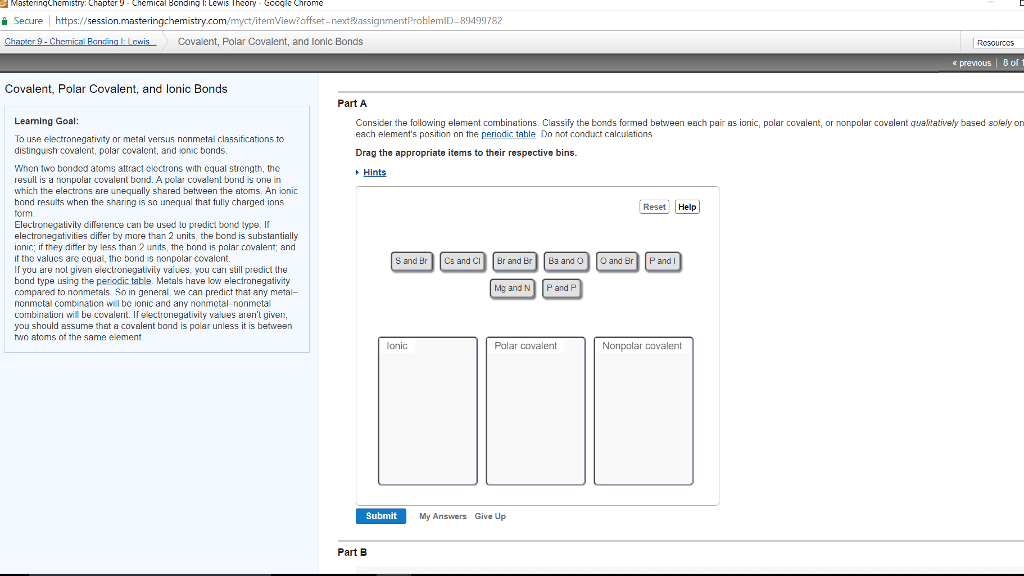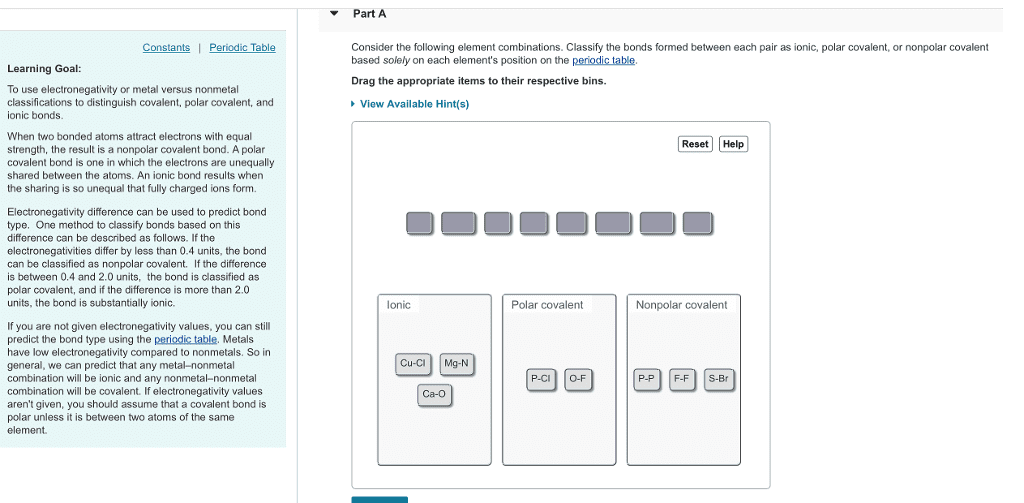CHM1011 Lecture Notes - Lecture 3: International System Of Units, Covalent Bond, Bond Energy
Document Summary
Molecular compounds: electrons are shared between atoms (covalent bonds) Ionic compounds: electrons are transferred between atoms to form positive and negative ions (ionic bonds) Continuing to use h2 as an example, we see there are some key properties: the bond length, the bond energy, and the type of bond. The separation distance at which the molecule has the maximum energetic advantage over the separated atoms (74 pm for h2) is known as the bond length. Experimental studies of molecular motion reveal that nuclei within molecules move continuously, oscillating about their lowest energy separation distance like two balls attached to opposite ends of a spring. Bond energy: energy difference between the molecule and the separated atoms. Energy required to break the bond: always positive! This gives a h h bond energy of 435 kj mol-1. A sigma bond is defined by location of the bonding electrons for h2 - between the nuclei.




